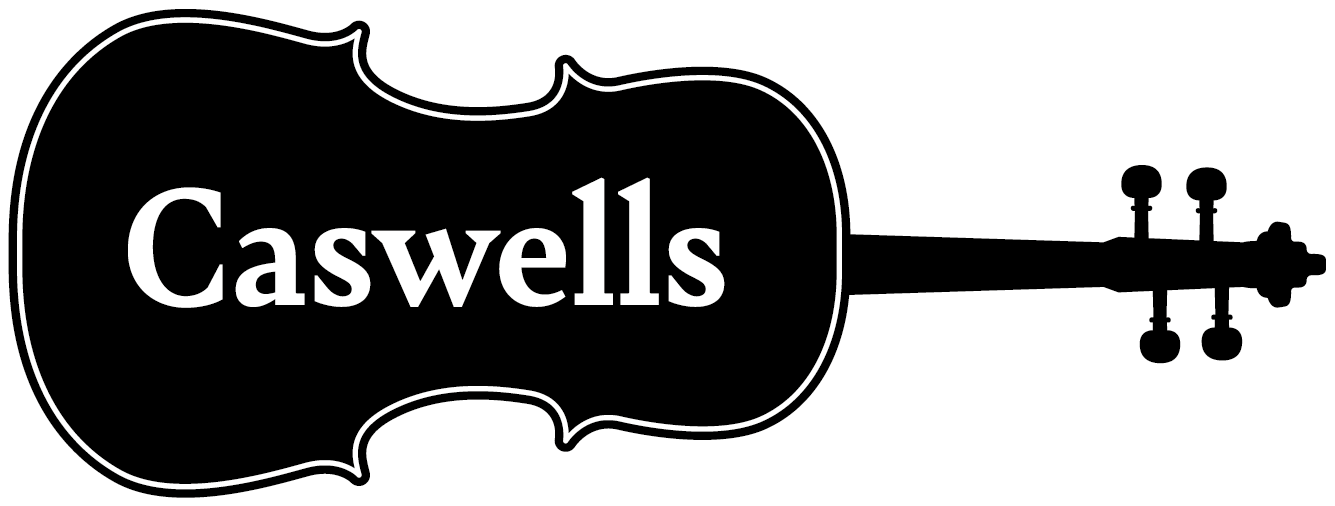Did you know that in the National Archives of the French Republic, there is a remarkable document detailing a list of musical instruments that were seized by the revolutionaries in Paris in1792? This was the year of the ‘Terror’ which gripped the nation and when the King and Marie Antoinette, with many of the ruling aristocracy were executed or guillotined.
The elected assembly, called the ‘Convention’ briefly ruled the country, and ushered in the face of modern France. Among the many ‘Commissions’ created by the Convention, there was one in charge of the Arts, which addressed the question of what to do with all the treasures found in the mansions of the Aristos in Paris, many of which had either fled the country or been guillotined. A sub-committee, chaired by one Antonio Bruni was appointed to list and appraise the musical instruments.
The majority of the instruments were mostly harpsichords and pianos, which were very popular at the time, but it also included 74 violins, 21 violas and 24 cellos; plus harps and guitars.
Amongst the instruments appear some of the most valuable instruments of all time including seven Amatis, three Guarneri and one Stradivari. There were also nearly a dozen German/Tyrolean instruments including 5 Stainers and a Klotz. The French industry was well represented by about 100 instruments from the best 18th-century French makers.
Bruni and his team then set about appraising and valuing the instruments but at apparently astonishingly low values. An Andrea Guarnerius violin was set at 200 Francs, Amatis for 100 francs and a Stainer at 150 francs. This gives us a picture of what values were like at the time and seems to have been a fair valuation, as Bruni himself was an Italian violin player, and as part of his team, dealers such as Leduc were advising as experts (consider the fact that if they cheated, they risked the guillotine!)
What then happened to these instruments and where are they today? Unfortunately, they cannot be found in any of the museums or Conservatories of France. It is not inconceivable that one day some forgotten crates packed with invaluable instruments will turn up in a cellar– so keep your eyes peeled the next time you are in Paris. More likely however they were dispersed or sold when the Revolution failed and, of course, some of the Émigrés returned perhaps reclaiming their treasures? In 1794 Robespierre was assassinated and many articles that had belonged to the Aristos were auctioned off in Paris – was this the fate of the Violins?



